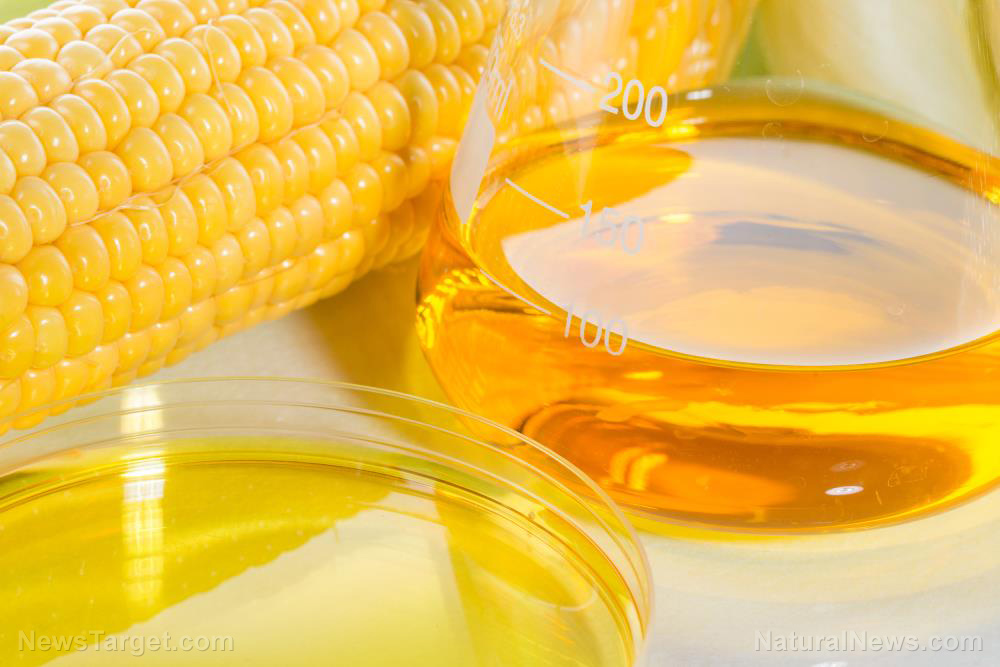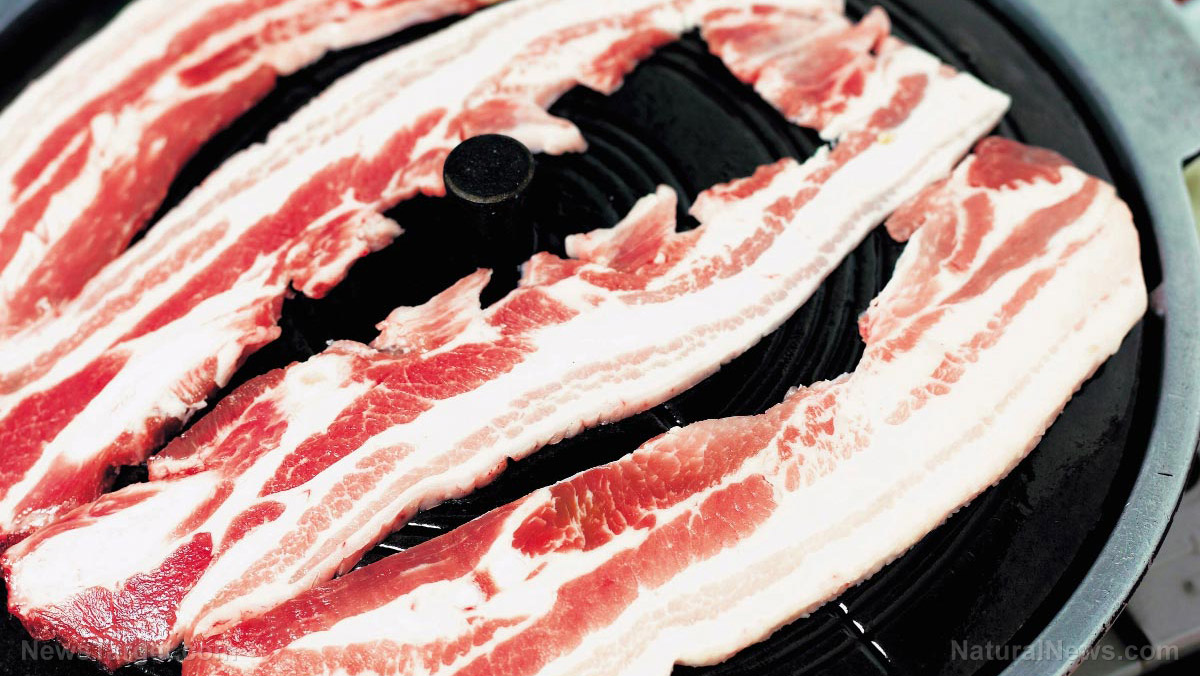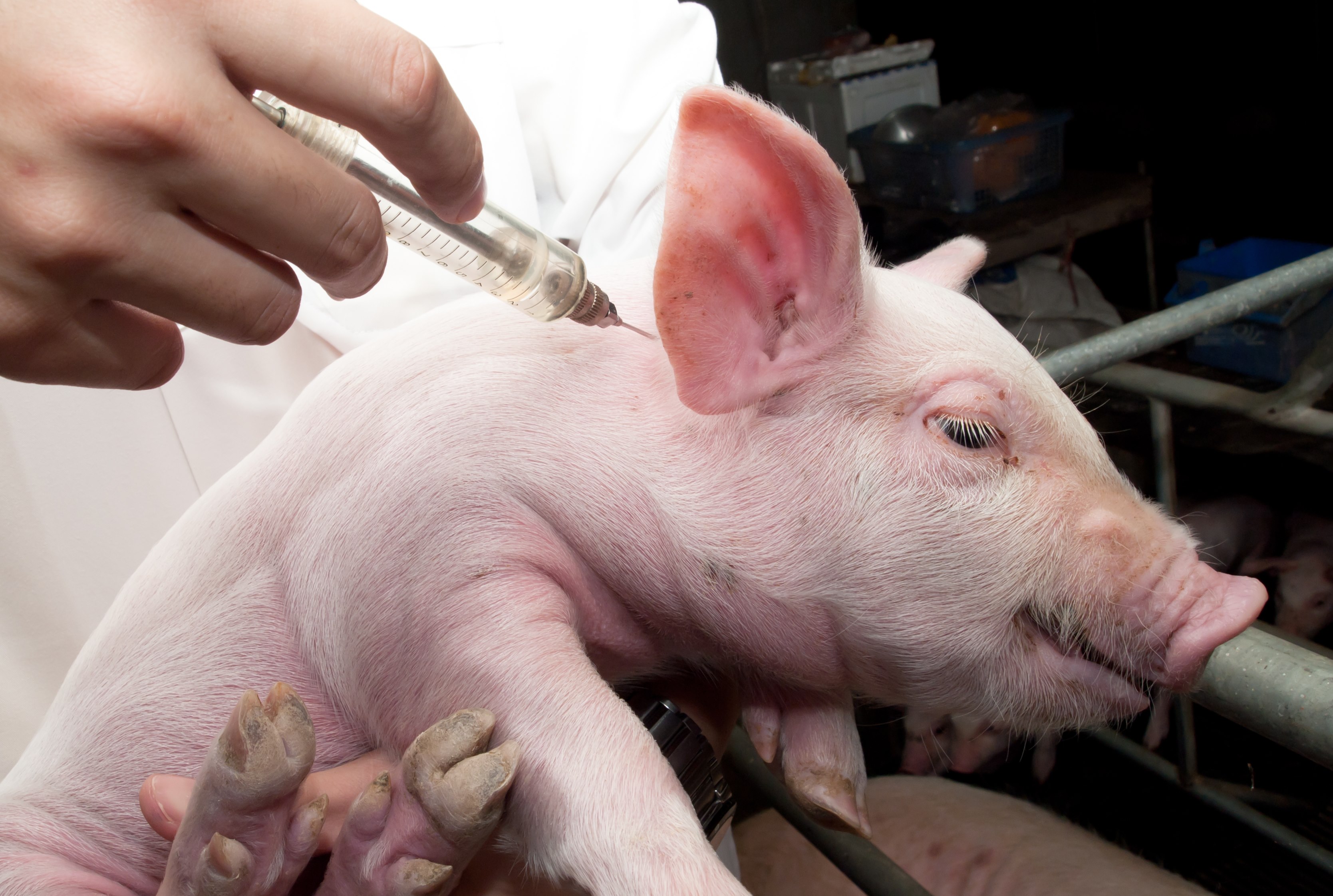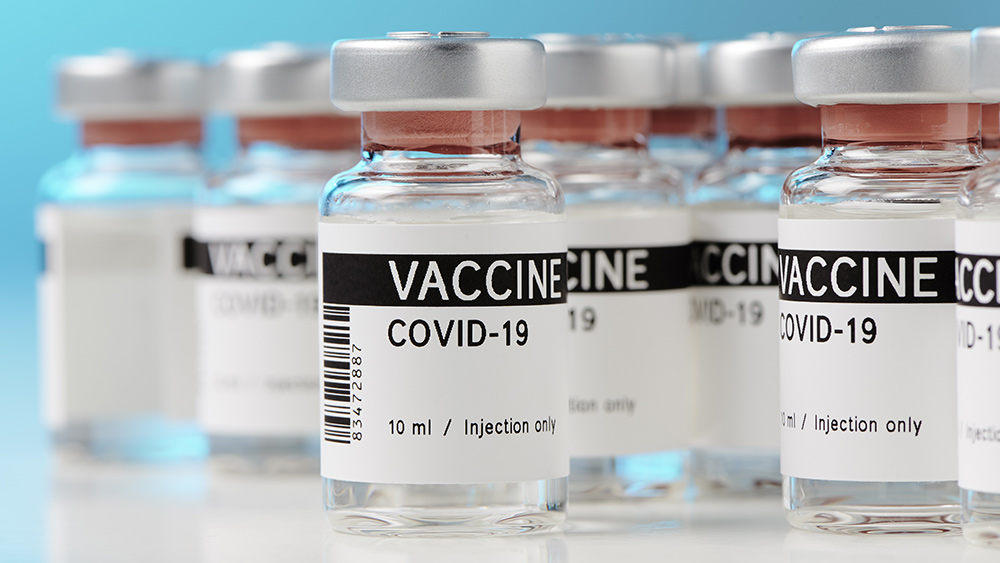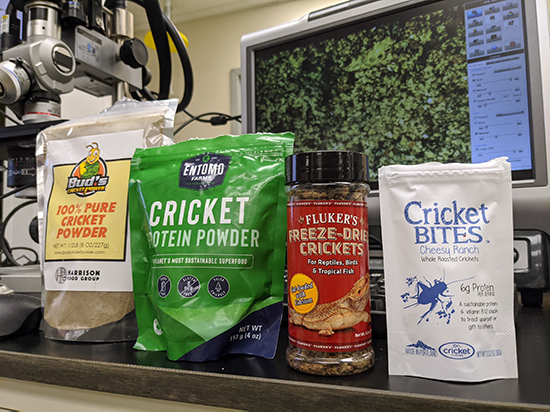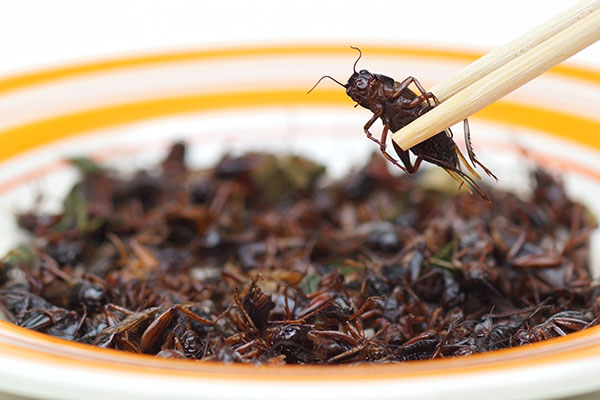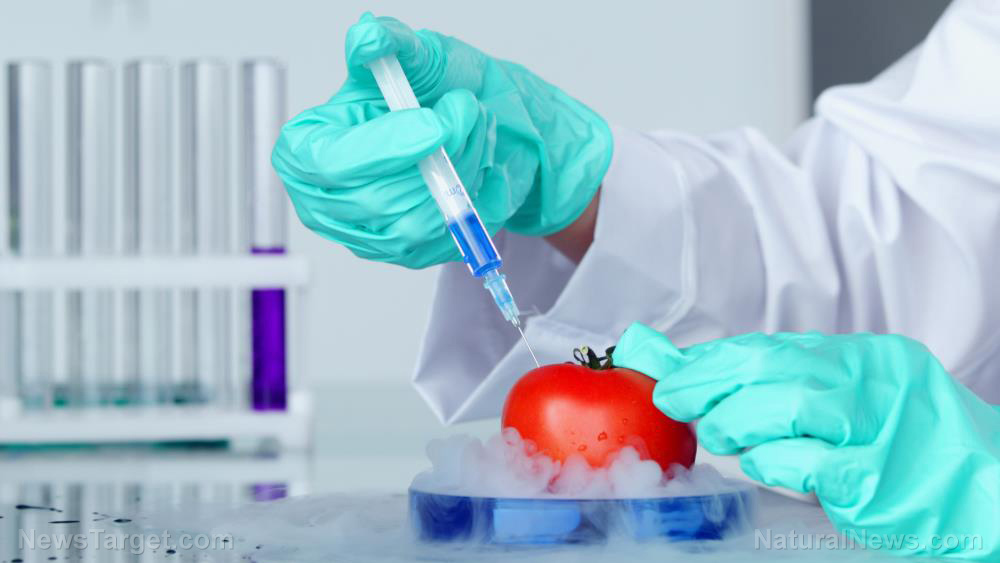California to BAN cancer-causing additives found in candies and other food products
04/24/2023 / By Belle Carter

California is set to ban dangerous additives used in popular candies such as Skittles and Sour Patch Kids – with a bill toward this endeavor moving a step closer to becoming law.
Back in February, lawmakers in the California State Assembly introduced Assembly Bill (AB) 418. The state assembly’s Environmental Safety and Toxic Materials Committee voted to approve the bill, and the Health Committee passed the legislation in a 12-1 vote. With the two committees green-lighting AB 418, it will now head to the state assembly’s Appropriations Committee.
If California Gov. Gavin Newsom signs AB 418 into law, five chemical additives – erythrosine, brominated vegetable oil, potassium bromate, propylparaben and titanium dioxide – will be prohibited for use in foods sold or manufactured in California. These chemicals are already banned in the European Union for their potential links to cancer.
Erythrosine, commonly known as Red Dye No. 3, is used to color candies such as Skittles and Sour Patch Kids. According to the Environmental Working Group (EWG), nearly 3,000 food products contain erythrosine – including dozens of popular candies, popsicles, ice cream and processed meat products. Previous research on mice linked Red Dye No. 3 exposure to cancer.
Brominated vegetable oil is often found in soft drinks, while potassium bromate is found in around 180 bread products and baked goods. EWG also mentioned that several baked goods and tortilla chip products contain propylparaben. Some condensed soups and cheese products list titanium dioxide as an ingredient, it added.
Lawmakers hope that AB 418 moves forward in the same pace at the California State Senate, and reach Newsom’s desk in time for the bill to take effect on Jan. 1, 2025.
Food companies insist on the “safety” of cancer-causing additives
“The goal of the bill is to protect kids and their parents from harmful chemicals,” said Democratic Assemblyman Jesse Gabriel, AB 418’s main sponsor. He expressed hope that it will spur food manufacturers to ditch these toxic additives in the same way as their European counterparts.(Related: Common food additive in ultra-processed foods no longer considered safe by the European Food Safety Authority.)
Gabriel also clarified that candy manufacturers could change their ingredients instead of pulling out their products on grocery shelves. He pointed out: “There is no realistic chance that this bill will result in Skittles or any other product being pulled off the shelf. The idea here is for these companies to make minor modifications to their recipes so that these products no longer include dangerous and toxic chemicals.”
“Skittles and many other brands have already made changes to their recipes in the European Union, the U.K. and other nations where these chemicals are banned. While the chemical companies might want you to believe we’re going too far with this bill, we are in fact many steps behind the rest of the world.”
Following the introduction of AB 418, food industry groups challenged Gabriel’s claim in an open letter. The correspondence from the National Confectioners Association (NCA), California Grocers Association and the American Chemistry Council insisted that the safety of the aforementioned ingredients is already being reviewed through a number of existing measures.
“All five of these additives have been thoroughly reviewed by the federal and state systems and many international scientific bodies, and continue to be deemed safe,” read the letter written in opposition to the bill.
Watch this video of a freelance investigative journalist discussing titanium oxide in Skittles candies.
This video is from the Suzie Etc- Search for Truth channel on Brighteon.com.
More related stories:
Over 900 products contain E171, a harmful food additive that can cause IBS and even cancer.
STUDY: Covid face masks contain dangerous levels of titanium dioxide that are easily inhaled.
Research shows food dyes can damage DNA structure and cause cancer.
Sources include:
Submit a correction >>
Tagged Under:
AB 418, banned, brominated vegetable oil, California, erythrosine, food additives, food safety, grocery, ingredients, Potassium bromate, propylparaben, Titanium Dioxide
This article may contain statements that reflect the opinion of the author
RECENT NEWS & ARTICLES
COPYRIGHT © 2017 INGREDIENTS NEWS



